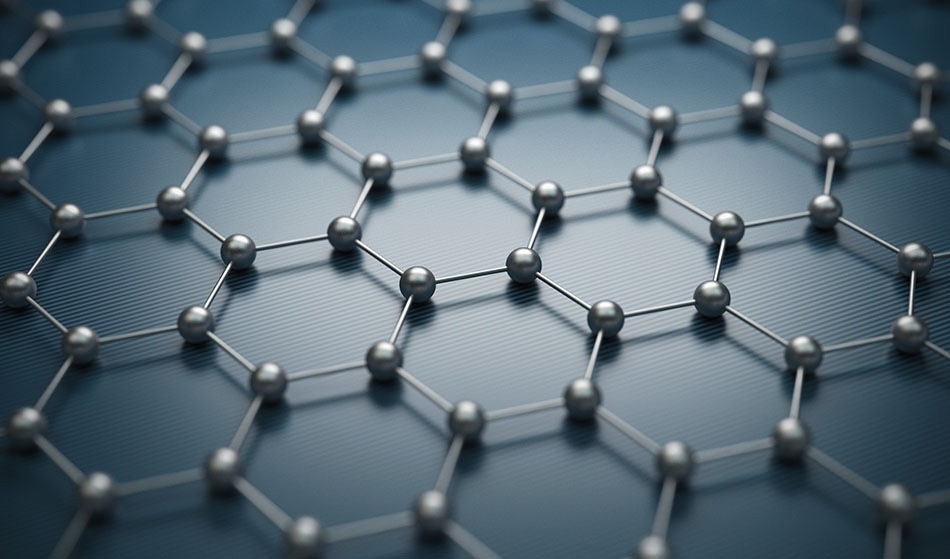
As many will know, graphene has many potential applications. Some of these are well documented, but it is the smaller and lesser-known applications that are interesting. As the world of graphene expands, more application areas need to be communicated. In this article, we focus on how graphene can be used a photodetector.
What is a Photodetector?
First, let’s define a photodetector. Photodetectors are a type of sensor that detects wavelengths of light or electromagnetic waves. Photodetectors then convert this optical detection into electrical current using a semiconducting p-n junction. When the photons are absorbed by the detector, they create electron-hole pairs in the depleted region of the device. Photodetectors have found great use within optical communication applications.
Silicon is a common material within semi-conducting devices, but as with many electrical and semi-conducting applications, graphene is replacing silicon. It should be noted that not all photodetectors require semiconducting materials, but photodetectors involving graphene are based on semiconducting silicon photodetectors.

Image credit: Wikimedia
How the Properties of Graphene are Useful for Photodetector Applications
Detecting light and converting the resulting optical photons into electrical current is not a feat accomplishable by any material. Graphene contains some similar properties shown by silicon, as well as many more. While many materials used in semiconducting p-n junctions are at least part metallic, or metal-doped non-metals, graphene is neither.
Graphene, by its structure, is a non-metal. However, its distinct and unique properties regarding electrical conductivity, charge carrier mobility for electrons and holes, and a zero bandgap makes graphene a semiconducting material. As such, it is often referred to as a quasi-metal. The zero bandgap is a key property for semiconducting devices, and it arises from a slight overlap between the valence and conductance bands.
The zero bandgap also gives rise to other beneficial properties. These include a linear energy dispersion, and linear density of electronic states, which ensures uniformity across the graphene sheet. This is something which is very useful for electronic-based applications. Graphene’s ability to be paired with silicon, or to easily undergo conventional planar processing techniques, means that it is also CMOS compatible.
Graphene and Photodetector Applications
Graphene is used in photodetectors at both an academic and commercial level. Both single layer graphene (SLG) and bi-layer graphene (BLG) are used as the semiconducting material in photodetectors. Graphene photodetectors have come to fruition so that the devices and the active components can be smaller. It is the same reason as to why silicon is being phased out for graphene – graphene can create much thinner layers, which then corresponds to smaller devices. This is in addition to the other advantageous properties it brings.
Most graphene photodetectors detect light within the visible range. Given their properties, graphene is commonly used as the transducer component within photodetectors. While the ability to sense light is key to providing a high photodetector efficiency, sensing changes and absorbing charge carriers is something at which graphene excels.

Image credit: koya979/Shutterstock
As with any research, graphene photodetectors are only getting better. The main overall benefit of using graphene in photodetectors is the increased bandwidth over non-graphene photodetectors. In general, an increase in the bandwidth leads to an increase in the communication potential of the photodetector (and the system it is implemented in).
Graphene is now a preferable material over other common semiconducting materials, such as gallium arsenide (GaAS). Other semiconducting materials are difficult to integrate with silicon because they detect light at different wavelengths. By comparison, graphene detects at a similar range to silicon, so it can easily be implemented. This is an important consideration that affects not only the efficiency of the device but also the scalability and commercial potential for graphene photodetectors.
Graphene-based photodetectors coming out in the literature this year have shown bandwidths greater than 128 GHz, which has the potential for building communication networks with speeds in excess of 180 Gb/s. This potential for faster photonic communication devices may help in meeting the future demands of the internet, 5G, the Internet of Things (IoT) and for industrial automation (the so-called industry 4.0).
Sources:
Disclaimer: The views expressed here are those of the author expressed in their private capacity and do not necessarily represent the views of AZoM.com Limited T/A AZoNetwork the owner and operator of this website. This disclaimer forms part of the Terms and conditions of use of this website.